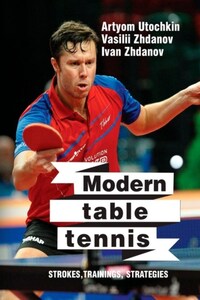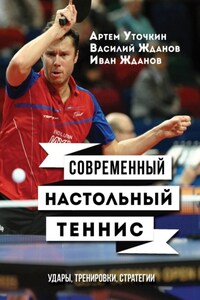The prehistory of the forehand topspin, or how we came to a modern version of the stroke. History of the paradigm shift
Before discussing the forehand topspin technique and features of its tactical use, let’s take a look at the history of table tennis and see how the forehand topspin was born and transformed before it obtained a modern look that you can see at major tournaments or browsing matches of any of the strongest athletes of the world on YouTube.
In the 20—30’s of the last century, the rackets that were used to play table tennis were differed from the modern ones, just as the computers of the 70’s differ from today’s personal laptops.
And if the shape of the racket has not undergone global changes, its playing characteristics have changed dramatically. At that time, pipped rubber was attached to the wooden blade, which provided more control and variability than the use of a simple bare blade without rubber.
Due to the pips, it was possible to chop the ball more gently and hit without spin. They nevertheless added some rotation to the ball and, therefore, it was much easier to strike, than striking with the blade without rubber.
The revolution occurred in the late 40’s, when the athletes began to use the “sandwich” rubber, that is, rubber sponge was glued under pips. Thus, the rubber began to consist of two layers, that is why it was called “sandwich” rubber.
We can say that this was already a prototype of the modern rubber sheet. Pips together with a sponge gave much more control, variability and ball spin. Table tennis made a step forward.
The next and most global step in the table tennis development was one of the world championships in the late 50’s, when the Japanese tennis players brought an absolute innovation – a “sandwich” rubber, consisting of a sponge and a smooth rubber surface. It was already an almost modern version of the rubber sheet (today, only the rubber characteristics are better – the essence remains the same). But the most important thing is what the Japanese athletes began to perform due to these rubber sheets.
We hope you have already guessed that they brought a heretofore unknown element to the world championship – that is the topspin (loop). By the way, Soviet athletes, visiting the world championship in 1961, called this element “the devil’s ball from Tokyo.”
Japanese athletes of that time used exclusively Asian racket grip, called “pen”. Such grip, in its classic performance, can be fully performed only at the forehand topspin, which was successfully applied by Japanese athletes at that and several of the next world championships; and they became undisputed favorites on these championships, winning 4 to 6 gold medals out of 7 sets of medals.









